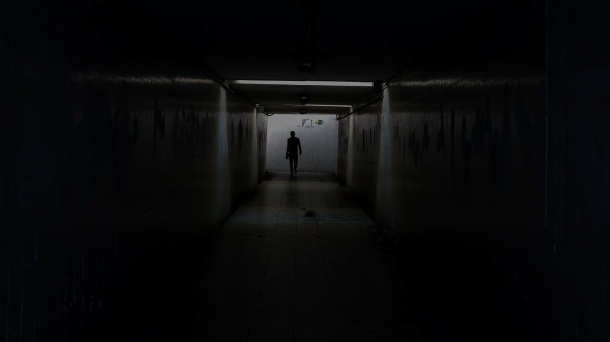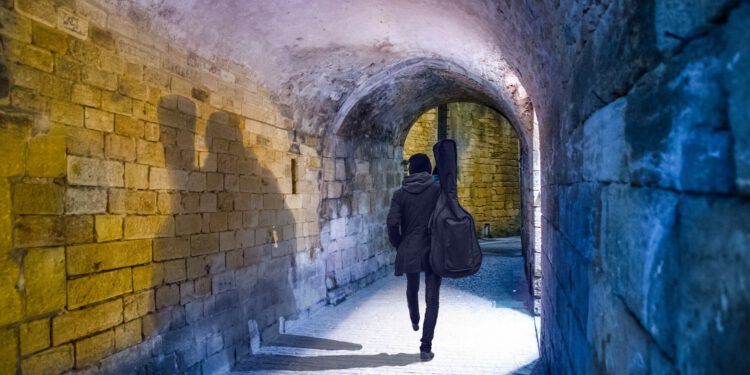This new technology uses gait analysis, that is, the way of walking to identify people even through walls.
At the University of California, they’ve come up with a new technology capable of turning upside down what we knew about people recognition. Researchers have created a system that can identify people even through walls , based on your gait, which is known as gait analysis.
Usually used facial recognition to identify people. It is a technology that is already complex. You need intensive training, as you will not always capture the subject in the same position, with the same expression or may not fully capture their face. The systems have been refined, but gaps remain to be filled.
However, researchers at the University of California have created a system capable of going beyond facial recognition. It can identify people through walls and it does with an accuracy of 80%. This has been reflected in the tests carried out.

The method takes as a reference for identification analysis of walking of the person. To do this, it captures the WiFi signals that are emitted through the walls. These electromagnetic waves bounce and create voids in the areas where there is a person. From there you can outline the shape of this subject, as well as its movements.
Taking the data of the movement of the person from the WiFi signals captured the investigators compared them to a video of yours. When the system found a clear similarity in the way of walking it had decided: it was the same person.
Real world applications
The accuracy of the system is not complete, but at the moment it is in the embryonic phase. It is not the first time that the identification of people by the way of walking is proposed. Although in that case the investigation came from the military field.
The system could serve the security sector. The cameras capture a person stealing but with his face covered up. However, by his gait can be checked if one of the suspects is actually the wanted person. Although the technology could also be used to automate certain functions, such as the temperature of a room when between one person and not another, or the setting of the piped music at work.
Images: Skitterphoto, Konteks








